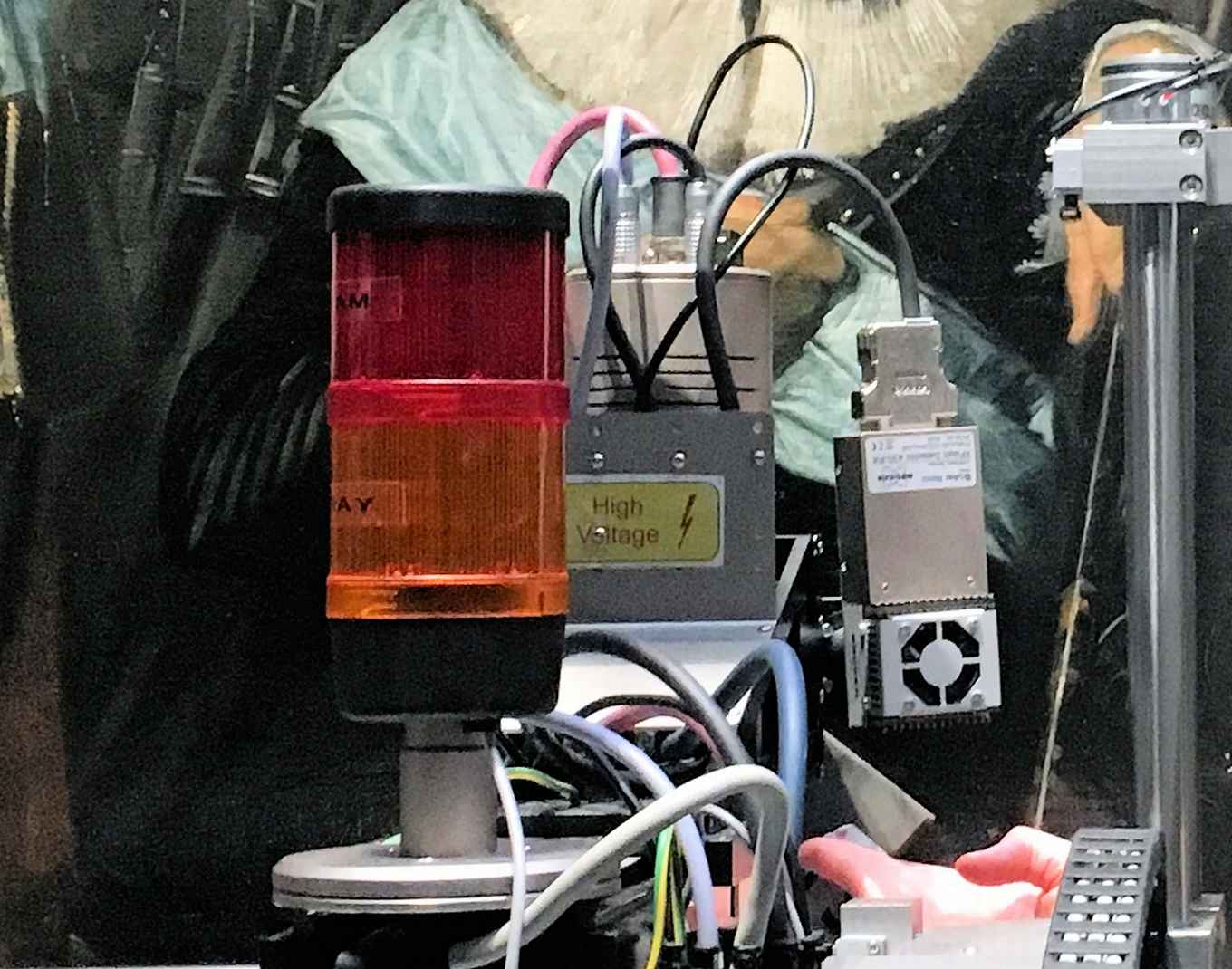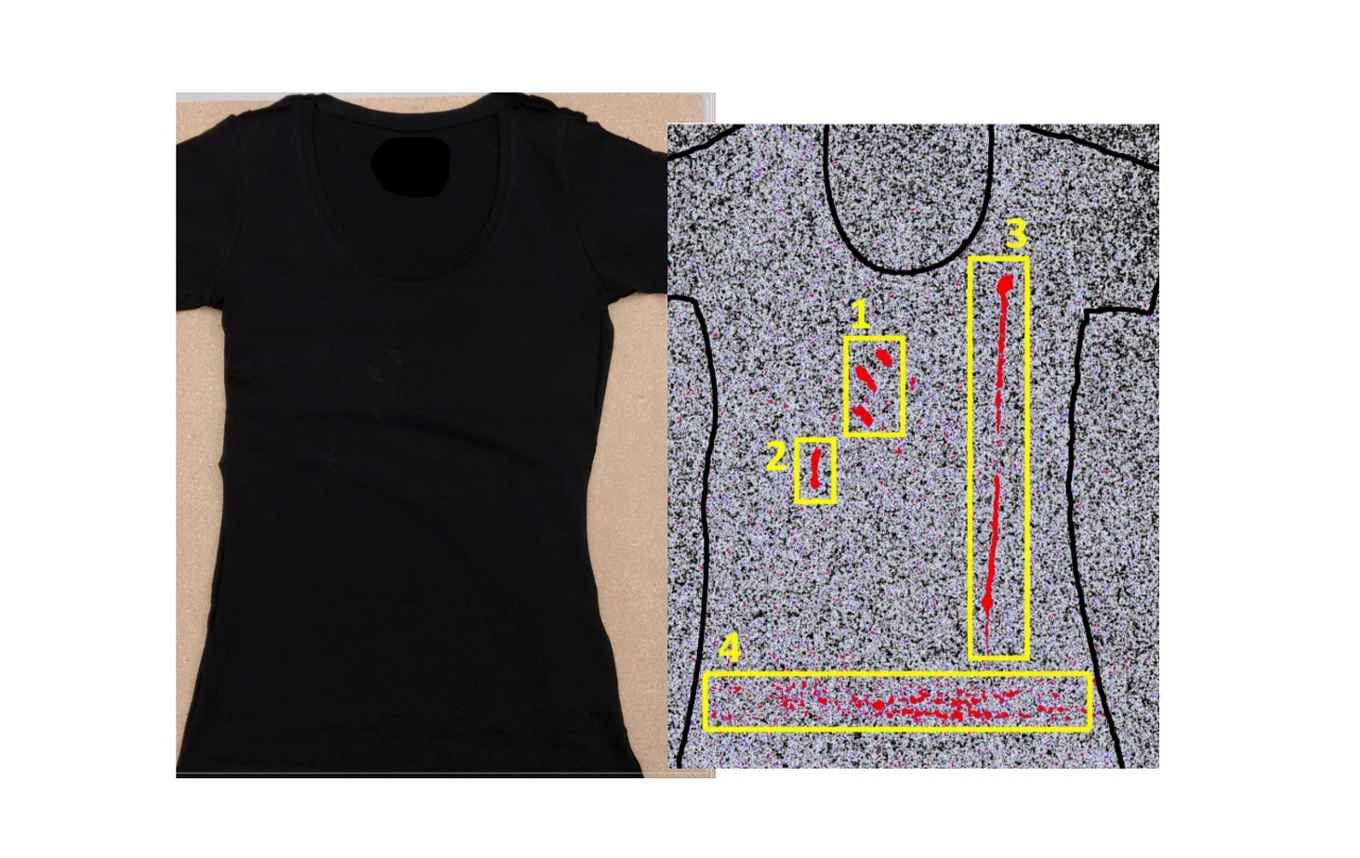Art science innovation aids forensic criminal investigation
New method for detection of elusive forensic traces
13 November 2017

First author of the publication is Kirsten Langstraat, student of the Forensic Science Master program at the UvA. Langstraat conducted most of the practical work during an internship with the gunshot residue team at NFI and in collaboration with the NFI teams for crime scene investigation and biological traces. Corresponding author is NFI researcher Arian van Asten, who is professor of Forensic Analytical Chemistry at the UvA's Van 't Hoff Institute for Molecular Sciences.
Elemental signatures
The new forensic analytical method is based on MA-XRF, which is an abbreviation for scanning macro x-ray fluorescence spectroscopy. In art science MA-XRF is known for revealing hidden paint layers, an exciting feature which has assisted in art authentication and has enabled studies into the creative process of artists.

The current study demonstrates, for the first time, the potential of MA-XRF in forensic science. It can detect and image biological traces (such as blood, sperm, urine and sweat) and complex gunshot residue patterns, especially on clothing items that are too dark or too fluorescent to be investigated with traditional forensic techniques. Both biological traces and gunshot residue have specific elemental 'signatures' which can be determined using MA-XRF.
Evidence revealed
The method is fully compatible with forensic DNA profiling. In addition the new method offers interesting opportunities for aged traces, mixed stains, traces of poor quality, and for traces that have been accidentally or intentionally concealed. For instance, MA-XRF based imaging of lead enabled the detection of a bullet impact in a wall - even when multiple layers of paint were applied to conceal the evidence.
Publication
Kirsten Langstraat, Alwin Knijnenberg, Gerda Edelman, Linda van de Merwe, Annelies van Loon, Joris Dik & Arian van Asten: Large area imaging of forensic evidence with MA-XRF Scientific Reports, published online 08 November 2017. DOI:10.1038/s41598-017-15468-5